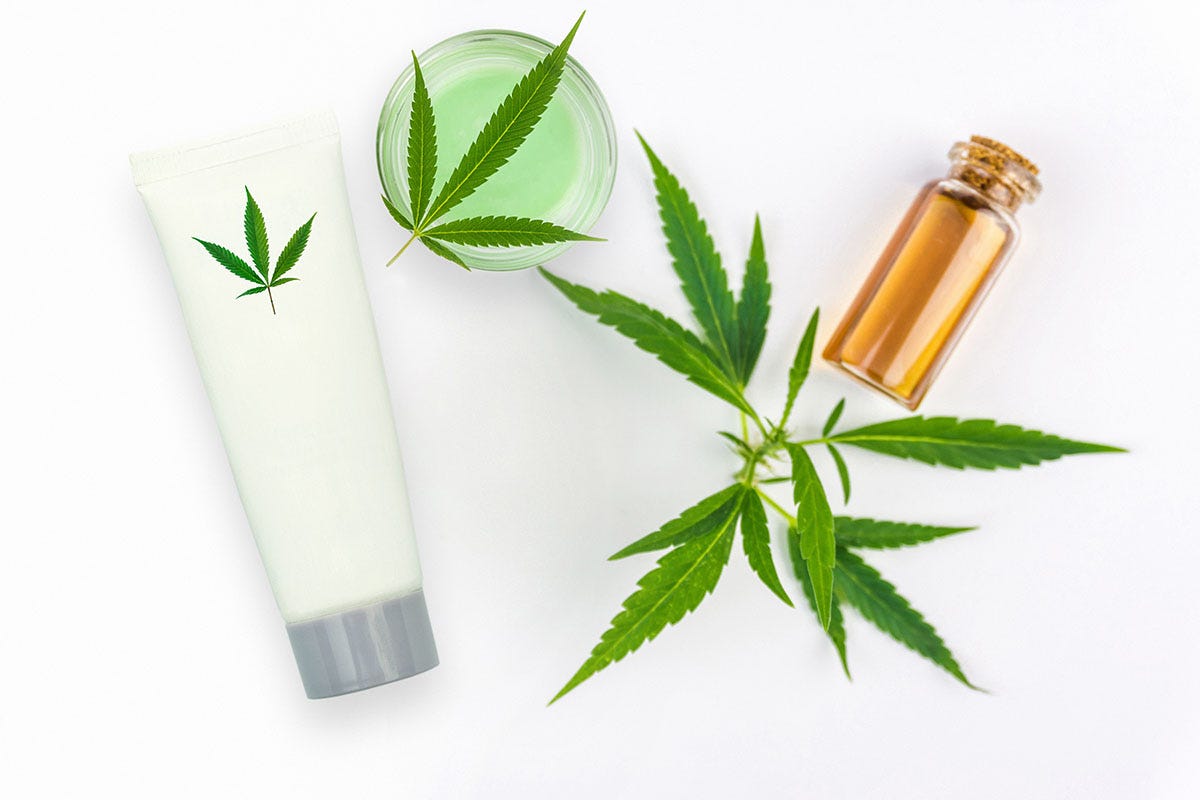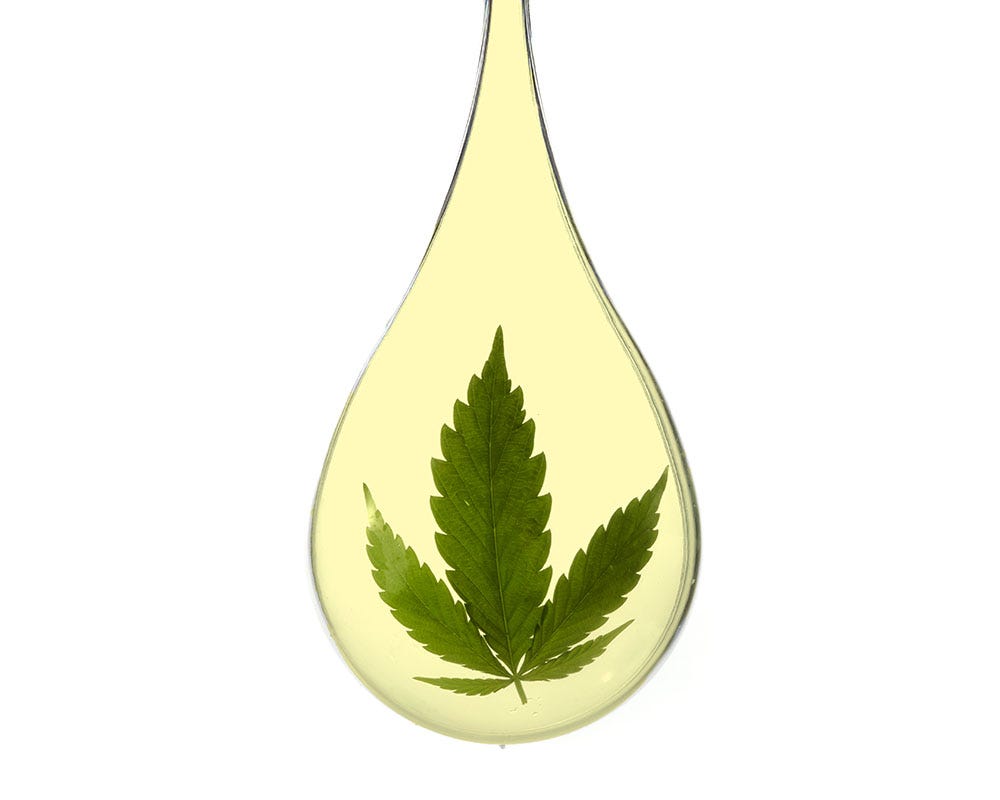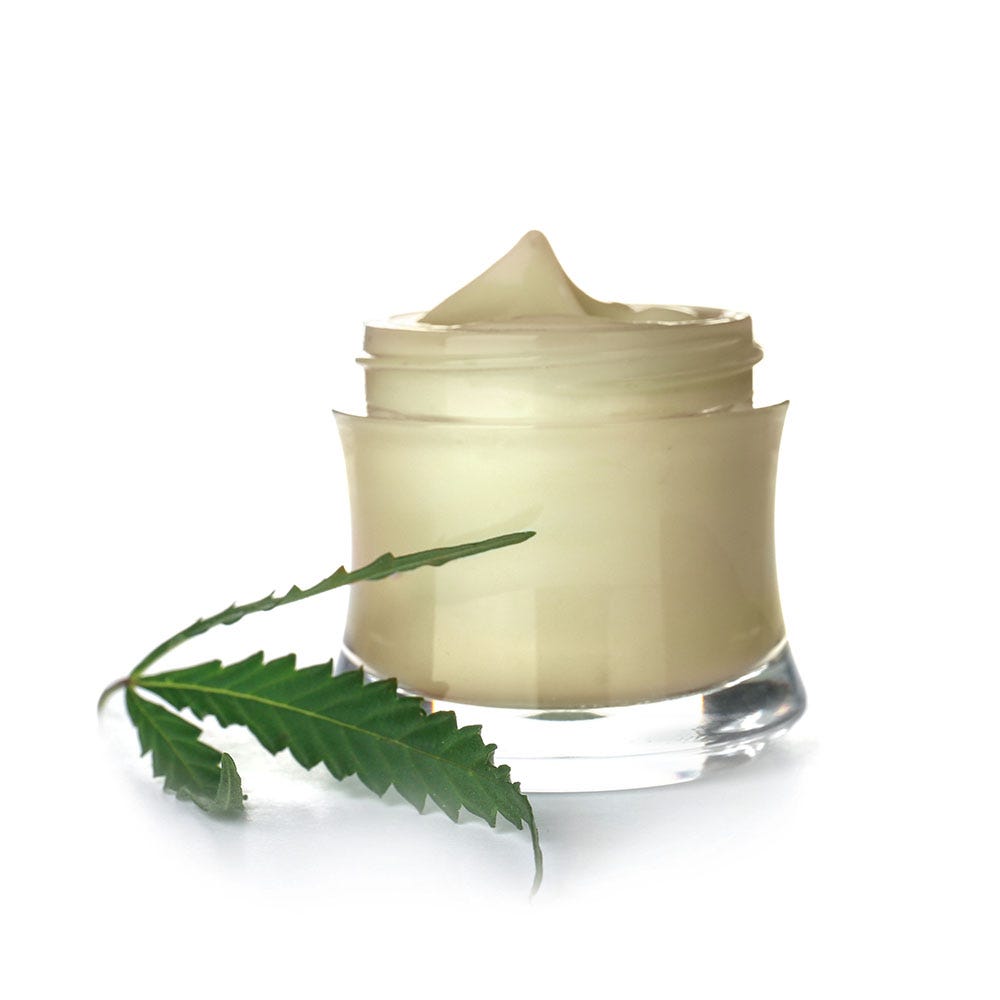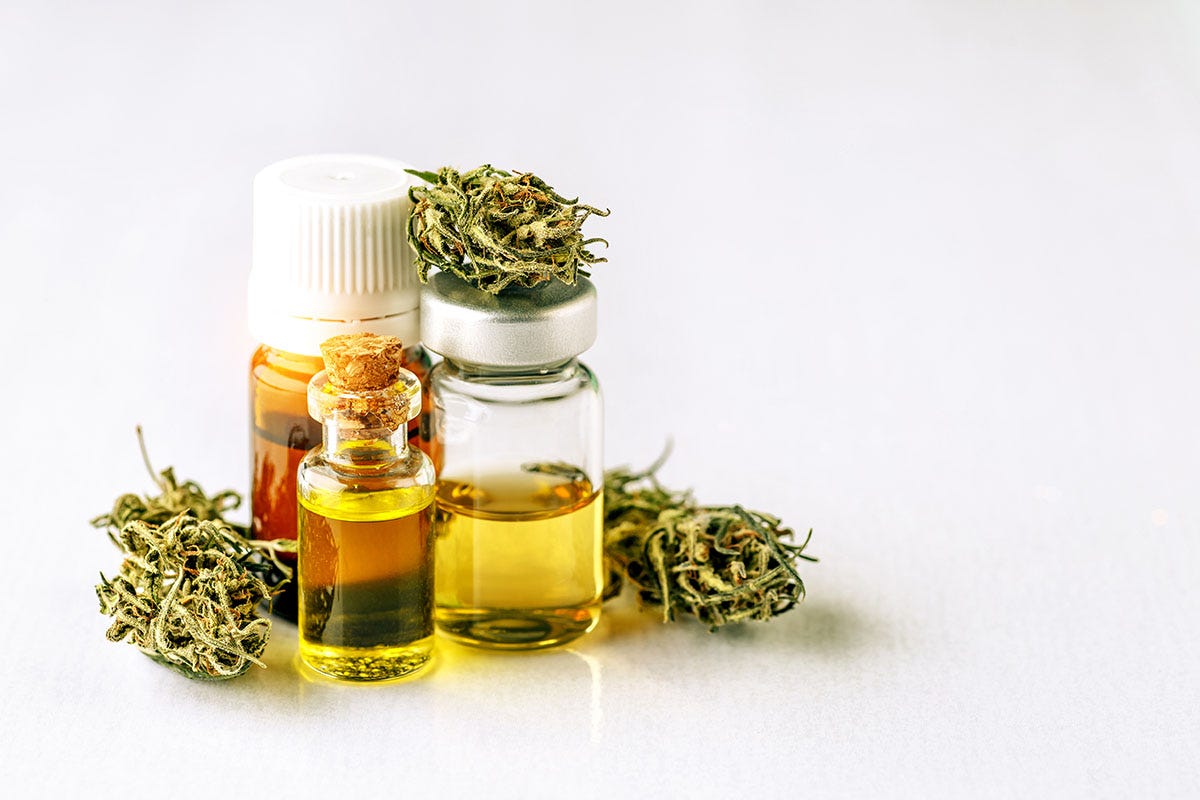
THC Topicals: What Are They & How Do They Work?
High Points
- THC topicals are cannabis-infused lotions, balms, or oils applied directly to the skin. They interact with cannabinoid receptors in the skin to potentially ease pain or inflammation.
- It’s unlikely THC topicals will cause psychoactive effects since they don’t pass into the bloodstream. The exception is transdermal patches as these products are made with ingredients that allow cannabinoids to pass through the skin into the body.
- It’s easy to make your own THC topicals! You can infuse pre-made tinctures or decarboxylated cannabis flower into oils, waxes, or lotions.
You can smoke, vape, and eat cannabis—and now you can also apply cannabis to your skin. Whether it’s a lotion, balm or oil, cannabis topicals have become yet another popular product canna-connoisseurs can’t get enough of. In this guide, we’re going to talk all about THC topicals and answer the questions:
- What is Topical THC?
- Do THC Topicals Work?
- Types of THC Topicals
- THC Topicals vs THC Transdermals
- How to Make Your Own Cannabis Topicals
- FAQs About THC Topicals
What is Topical THC?
Cannabis topicals are a type of THC-infused product that is designed to be applied to the skin. Available in forms like lotions, creams, balms, and more, THC topicals interact with the endocannabinoid receptors in the skin to target the top layers of the skin. The idea behind them is that they may be able to treat acute symptoms, including pain or inflammation, by interacting with cannabinoid receptors in the skin.1 Because the active cannabinoids in the topical (e.g. THC) don’t pass into your blood stream, it is unlikely you will feel psychoactive effects.2


Do THC Topicals Work?
Topical cannabis has been used to reduce inflammation for thousands of years, with records of its use dating back to Ancient Egypt and Assyria.3 While we are still researching the ways THC topicals can be used, some people suggest they can help with a number of conditions, including:
-
Psoriasis4
-
Acne2
-
Arthritis5
-
Eczema6
-
General Inflammation7


While plenty of research is being done on these conditions and others, there is nothing definitive at this point that can prove the therapeutic value of cannabis topicals.
Types of THC Topicals
“THC topicals” is more of an umbrella term, encompassing everything from lotions and balms to skincare serums and even personal lubricants. Here are a few of the most common:
THC Lotions, Creams, Ointments
Cannabis creams and lotions are versatile and available in everything from beauty products to body butters. Usually water-based, marijuana creams are thinner than other topicals to allow for faster absorption. Marijuana ointments, on the other hand, contain more oil than creams and lotions, which means they’re thicker, stickier and ultimately take longer to be absorbed by the skin.8
Cannabis Balms
Marijuana balms or salves contain base ingredients like waxes or fatty oils, making these products extremely thick. They create a barrier for the skin rather than being absorbed immediately, keeping nutrients and cannabinoids against the skin for longer. This is why balms are often used on lips.9
THC Bath Balms
THC bath bombs are spheres of compacted ingredients, including essential oils, extracts, and of course, cannabinoids, that dissolve when they are dropped into your bathwater.


THC Topicals vs THC Transdermals
It is unlikely that topical products will enter the bloodstream and create intoxicating effects, but this does not apply to transdermals. Similar to medical patches, a THC patch is loaded with cannabinoids, a permeation enhancer, and a carrier. The blend of all three helps cannabinoids pass through the skin and into the bloodstream. This means that you likely will be able to feel the psychoactive effects of a transdermal product.
How to Make Your Own Cannabis Topicals
Cannabis topicals are simply cannabis that’s been infused into another product, like a salve, ointment, marijuana cream, or even body butter. Because it’s that easy to create a cannabis topical, you can even make them at home.
DIY THC Lotion
THC lotions and creams are the simplest to make at home. Simply add a few drops of a cannabis tincture to your favorite topicals at home! You’ll likely need to experiment with dosages to make sure you find the right ratio for you.
DIY Topical THC Oil
This method begins with a simple cannabis oil recipe. The ground cannabis flower is decarboxylated and then added to coconut oil, avocado oil, or olive oil. After just a couple of hours, the mixture can be strained through a cheesecloth and added to a bottle or container. This mixture can then be used as a cannabis topical by itself, or it can also be added to a recipe to make an edible, or treated like a tincture.


DIY THC Balm
If you prefer a balm, add the cannabis oil to a mixture of hot water and beeswax. (You can also add essential oils if you prefer a particular scent.) Once the mixture has completely melted, let it cool until it is a solid block ready to use.


FAQs About THC Topicals
If you’ve never heard of a cannabis topical before, you’re not alone. We get questions all the time about what they are and more, including:
Do THC topicals get you “high”?
It is very difficult for THC to pass from the topical and into the skin. Because of this, you are unlikely to experience any psychoactive effects due to cannabis topicals.2
How long does it take THC topicals to work?
The effects of a THC topical can be felt within 15 to 30 minutes after application. However, this timeframe will be different depending on the type of topical. For instance, some products, with all natural ingredients, could take up to an hour to become effective. Other topicals, particularly those that are designed for quick absorption, can be felt almost immediately. As always, to know how long it takes your topical to work, check the label.8
How long do THC topicals last?
In general, topicals can last up to 6 hours on the skin (depending on a variety of factors). Fortunately, using too much topical is likely not going to be as uncomfortable as smoking too much marijuana would be. Still, start with a small amount. If you don’t feel the effects within an hour, apply more.10
What is the best way to store THC topicals?
Store your cannabis topicals in a cool, dark, dry place like a cabinet.8


Exploring THC Lotions & Topicals
While we don’t have all the research we’d like to in order to say definitively that THC topicals and CBD topicals can treat certain conditions, the studies we do have show some promise. If you think that cannabis topicals could be right for you, head down to your local dispensary. Not only do we carry cannabis topicals in our dispensaries across the country, we also can help you purchase the ingredients you need to make your own. Just ask a budtender for help when you stop by.
Sources:
1. “What are cannabis topicals and how do they work?,” Leafly, August 24, 2024, https://www.leafly.com/news/cannabis-101/what-are-cannabis-topicals
2. “The Transdermal Delivery of Therapeutic Cannabinoids,” Pharmaceutics, February 18, 2022, https://pmc.ncbi.nlm.nih.gov/articles/PMC8876728/
3. “History of cannabis and the endocannabinoid system,” Dialogues in Clinical Neuroscience, September 22, 2020, https://pmc.ncbi.nlm.nih.gov/articles/PMC7605027/
4. “Is Cannabis an Effective Treatment for Psoriasis?,” Healthline, April 25, 2024, https://www.healthline.com/health/cannabis-psoriasis
5. “THC and Topical Cannabis Products Reported Effective Among Patients With Rheumatic Disease Pain,” American College of Rheumatology, November 10, 2023, https://www.rheumatologyadvisor.com/reports/thc-topical-cannabis-effective-for-patients-with-rd-pain/
6. “Cannabinoids and Their Receptors in Skin Diseases,” International Journal of Molecular Sciences, November 20, 2023, https://pmc.ncbi.nlm.nih.gov/articles/PMC10672037/
7. “Cannabis-Based Products for the Treatment of Skin Inflammatory Diseases: A Timely Review,” Pharmaceuticals, February 9, 2022, https://pmc.ncbi.nlm.nih.gov/articles/PMC8878527/
8. “Cannabis topicals: What are they and how do they work?,” Leafwell, October 3, 2025, https://leafwell.com/blog/cannabis-topicals
9. “Cannabis lip balm recipe,” The Cannigma, May 19, 2025, https://cannigma.com/recipes/cannabis-lip-balm/
10. “Can THC Be Absorbed Through the Skin?,” Veriheal, November 19, 2024, https://www.veriheal.com/blog/can-you-absorb-thc-through-skin/


